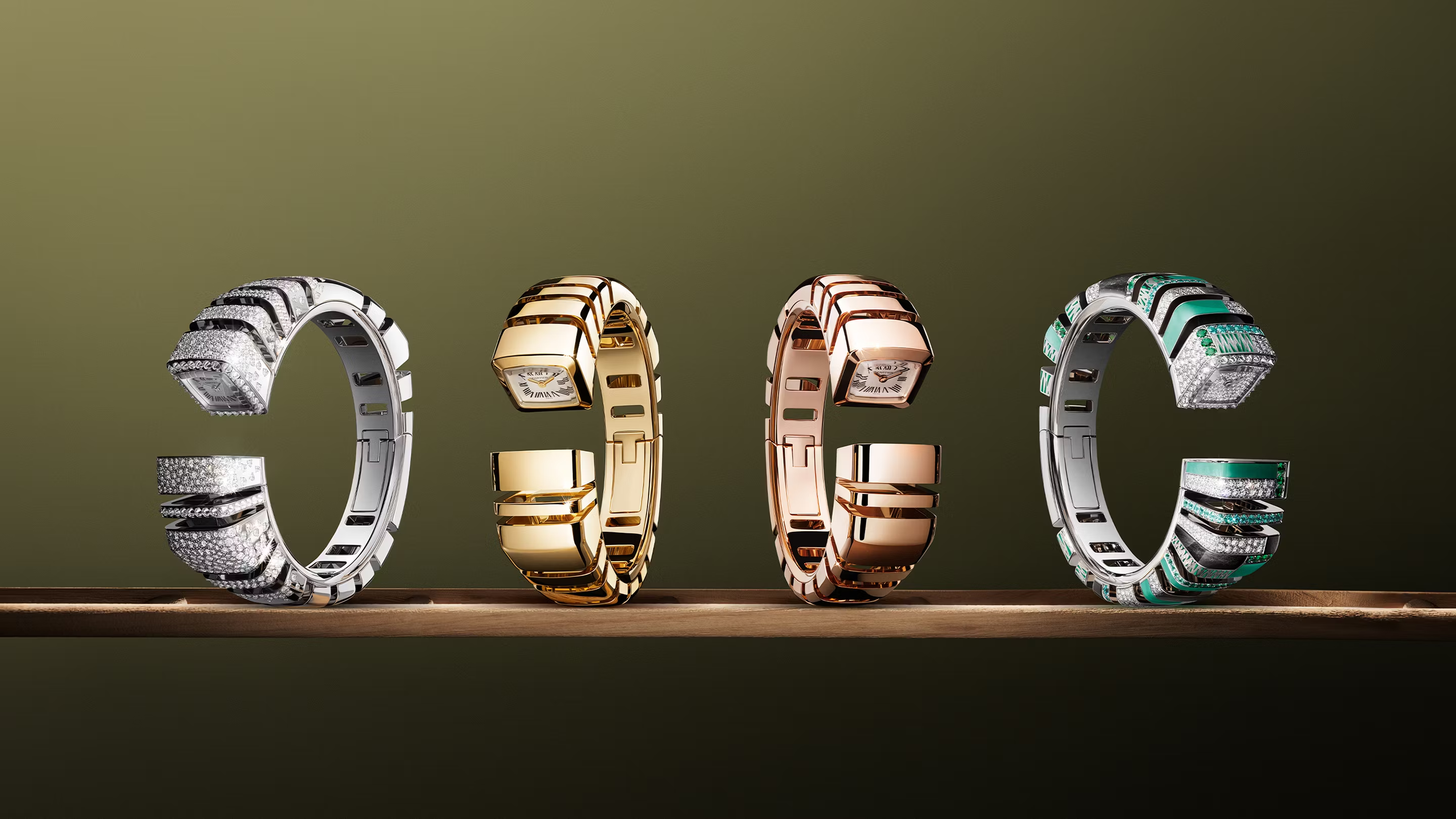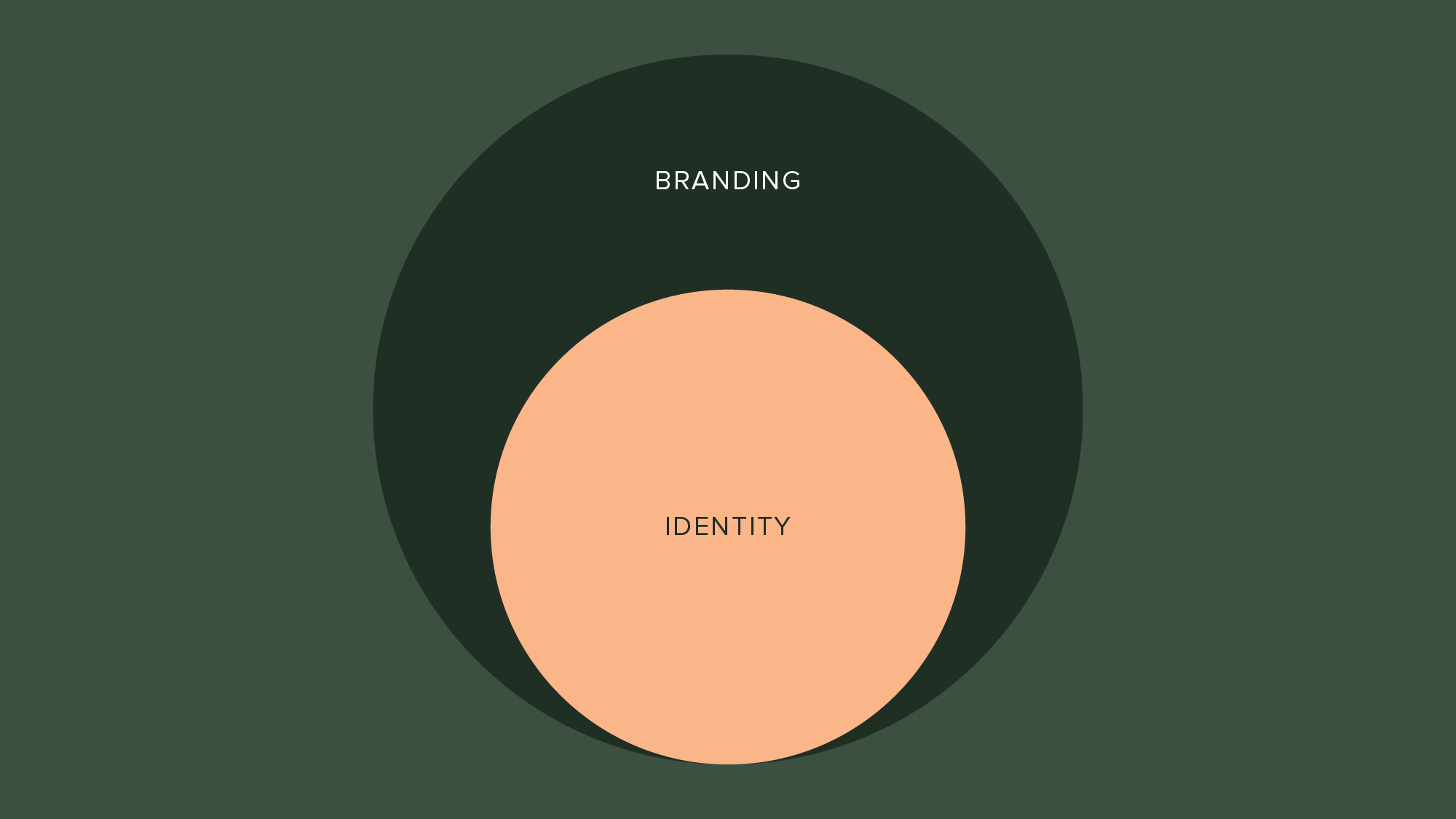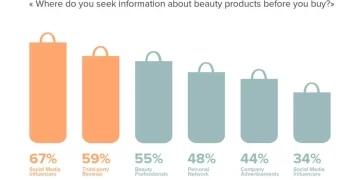The jewelry industry, like many others, is undergoing a significant shift due to the rise of digital transformation. As consumer behavior evolves and technology continues to play an increasingly pivotal role in everyday life, the way people shop for luxury items such as jewelry is changing. Traditionally, jewelry sales have been rooted in brick-and-mortar stores, where customers could experience the tactile and emotional elements of purchasing fine jewelry. However, with the advent of e-commerce, the rise of digital platforms, and shifting consumer habits, the question arises: Will online jewelry sales surpass traditional retail?
In this article, we will explore the growing role of online sales in the jewelry sector, how the digital transformation is reshaping the industry, and whether e-commerce is poised to surpass traditional retail sales in the near future.
1. The Growth of E-Commerce in the Jewelry Market
The global jewelry market has traditionally relied heavily on physical retail stores, where consumers could touch, feel, and try on items before making a purchase. However, over the past decade, online jewelry sales have seen significant growth, driven by changes in consumer behavior and technological advances.
A. E-Commerce as a Key Player in the Jewelry Industry
Online sales in the jewelry market have been on the rise, with millennials and Generation Z driving the demand for digital shopping experiences. These generations are more comfortable shopping online, using their smartphones and computers to purchase everything from fashion to fine jewelry. According to industry reports, the online jewelry market is expected to continue growing at a rapid pace, with projections estimating it will reach over $20 billion by 2027.
The rise of direct-to-consumer (DTC) brands and online marketplaces like Blue Nile, Brilliant Earth, and James Allen has made it easier for consumers to shop for high-quality jewelry from the comfort of their homes. These platforms often offer lower prices and a wider selection than traditional retail stores, providing a competitive edge over brick-and-mortar establishments.
B. The Convenience Factor
One of the biggest driving factors behind the growth of online jewelry sales is the convenience that digital shopping offers. Consumers can browse, compare, and purchase jewelry items anytime and anywhere, without having to visit multiple physical stores. This level of accessibility and 24/7 shopping convenience is a significant advantage over traditional retail, which is constrained by operating hours and geographic location.
Moreover, online retailers can offer features like virtual try-ons and customization tools, allowing consumers to visualize how a piece of jewelry will look on them before making a purchase. This not only enhances the shopping experience but also reduces the uncertainty and risk associated with buying expensive items online.
2. Digital Transformation: The Role of Technology in Shaping Jewelry Sales
The digital transformation of the jewelry industry is not just about making sales online—it’s also about integrating new technologies to enhance the customer experience and streamline operations. From augmented reality (AR) to artificial intelligence (AI), technology is playing a pivotal role in reshaping how jewelry is marketed, sold, and personalized.
A. Virtual Try-Ons and Augmented Reality
As Augmented Reality (AR) technology continues to improve, more jewelry brands are adopting virtual try-on tools that allow customers to see how jewelry pieces will look on them before making a purchase. This is particularly important in the jewelry market, where fit and aesthetics play a huge role in the buying decision. AR tools help bridge the gap between the sensory experience of shopping in-store and the convenience of shopping online.
Brands like Tiffany & Co. and Bvlgari have already implemented virtual try-on features on their websites and apps. Consumers can use their smartphones or computers to visualize how jewelry pieces will appear on their body, helping them make more informed decisions without physically trying the items on. This technology not only enhances the shopping experience but also reduces returns and increases customer satisfaction.
B. Artificial Intelligence (AI) and Personalized Recommendations
Another aspect of digital transformation that is reshaping jewelry sales is artificial intelligence (AI). Jewelry brands are increasingly using AI to personalize shopping experiences by recommending pieces based on past purchases, browsing behavior, and even social media activity. This level of personalization can be extremely effective in converting leads into sales and ensuring customer satisfaction.
For example, AI algorithms can analyze consumer data to suggest rings, necklaces, and bracelets based on a person’s previous interactions with the website or app. Additionally, some platforms use AI-powered chatbots to assist customers in real-time, answer questions, and even guide them through the purchasing process. The ability to provide personalized service, even in an online environment, helps create a more engaging and seamless customer experience, which is crucial for the future success of online jewelry retail.
C. Blockchain and Transparency in the Jewelry Supply Chain
Another technological advancement influencing online jewelry sales is the integration of blockchain technology. Blockchain provides transparency in the supply chain, allowing consumers to trace the origins of their jewelry, ensuring that it is ethically sourced and sustainably produced. This is increasingly important for younger, socially conscious consumers who want to ensure that their purchases align with their values.
For example, Tiffany & Co. has implemented blockchain to track the provenance of its diamonds, offering customers more transparency and reassurance regarding the ethical sourcing of materials. As sustainability becomes a more significant consideration for shoppers, transparency provided by blockchain could give online jewelry sellers a competitive edge over traditional retail stores that may not offer such detailed information.

3. The Changing Landscape of Consumer Behavior
Consumer behavior has shifted dramatically in recent years, particularly as younger generations—who are more comfortable with digital technologies—enter the luxury and fine jewelry market. The millennial and Gen Z demographics have grown to be a critical target audience for the jewelry industry, and their shopping preferences are driving a lot of the growth in online jewelry sales.
A. Younger Consumers and E-Commerce Preferences
Millennials and Gen Z consumers prioritize convenience, personalization, and accessibility when shopping for luxury items. For them, traditional retail stores may seem outdated, as they are used to the speed and ease of online shopping. Moreover, younger consumers tend to favor direct-to-consumer brands, which often offer more affordable prices, faster shipping, and a more personalized experience than traditional retail.
Online jewelry brands like Mejuri, Monica Vinader, and Catbird have become immensely popular among younger consumers due to their focus on affordable luxury and online-first strategies. These brands engage with consumers through social media, influencer partnerships, and digital marketing, all of which resonate with younger buyers who are highly active in the online space.
B. The Importance of Reviews and Social Proof
Another aspect that differentiates online jewelry sales from traditional retail is the importance of customer reviews and social proof. Online reviews, user-generated content on social media, and influencer endorsements play a huge role in shaping the purchasing decisions of online shoppers. Jewelry brands that maintain an active social media presence and receive positive reviews on e-commerce platforms or social media sites are likely to attract more customers.
In contrast, traditional retail stores may not offer the same level of real-time feedback or community interaction, which can make it more difficult for consumers to assess the credibility and quality of a brand.
4. The Challenges of Online Jewelry Sales
While online jewelry sales are growing rapidly, there are several challenges that may prevent e-commerce from completely surpassing traditional retail in the near future.
A. The Tactile Nature of Jewelry
Jewelry shopping is a highly sensory experience. Consumers often want to touch, feel, and try on pieces to ensure they are of the desired quality, fit, and aesthetic. This tactile experience is difficult to replicate through an online shopping platform, and for high-ticket items, such as engagement rings or fine jewelry, many consumers may still prefer to visit physical stores to make their purchase.
B. Concerns About Quality and Authenticity
Despite the growing popularity of online jewelry platforms, some consumers remain wary of purchasing high-end jewelry without seeing it in person. Concerns about quality, authenticity, and the accuracy of online images can deter potential buyers from making a purchase. Brands that sell fine jewelry online must find ways to build trust and reassure consumers that the products are as described and authentic, which is a challenge that traditional retail stores have historically addressed by providing in-person customer service.
5. Conclusion: A Blended Future for Online and Traditional Jewelry Sales
While it is clear that digital transformation is reshaping the jewelry industry and that online jewelry sales are experiencing significant growth, it is unlikely that traditional retail will be entirely surpassed in the immediate future. Instead, the future of jewelry sales will likely be hybrid, with both online and physical stores playing vital roles.
Online jewelry sales will continue to grow, driven by convenience, technological advancements, and changing consumer preferences, especially among younger generations. However, traditional jewelry retailers still have advantages, such as providing the tactile, sensory experience that is integral to purchasing high-end jewelry. As technology continues to advance and as consumer expectations evolve, the industry will likely see more integrated shopping experiences that combine the best of both worlds, offering customers the option to shop online while also enjoying the luxury of in-store experiences.
The jewelry market is undergoing a major transformation, and as digital tools continue to innovate and enhance the customer journey, it’s clear that the future of jewelry retail will be shaped by a combination of online convenience and the timeless appeal of physical retail.
















































